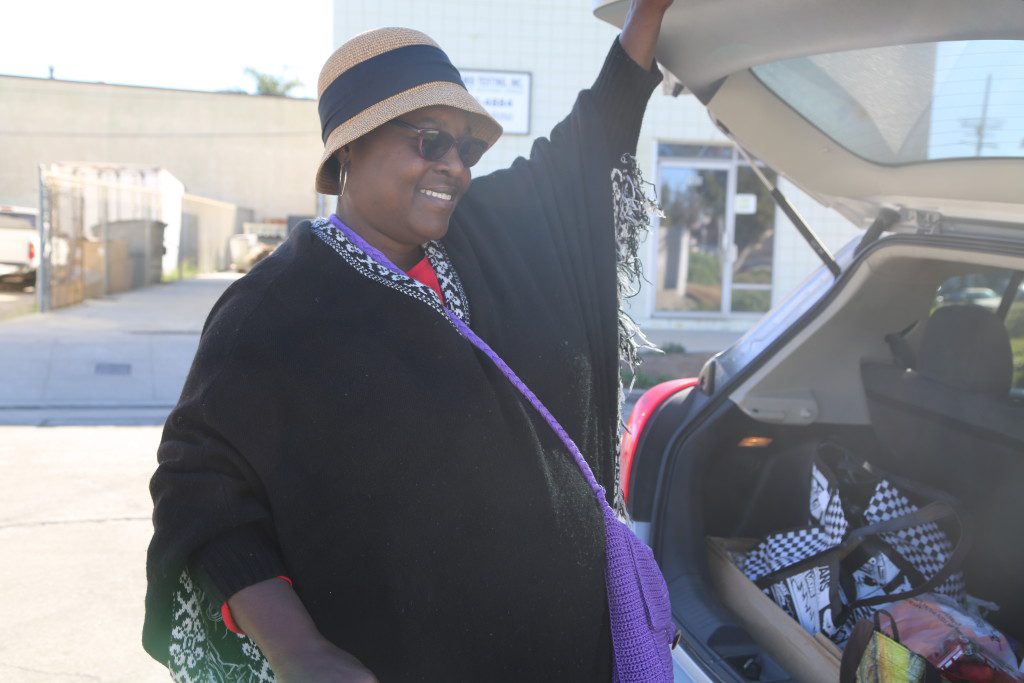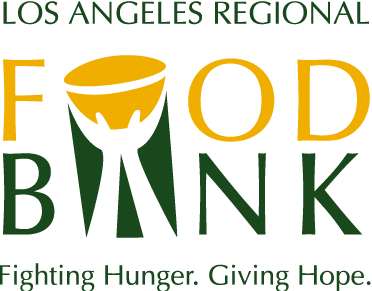Faces of the Food Bank: Myra
In food-insecure households, fruits and vegetables often don’t make the grocery list. When hard decisions have to be made in the family budget, foods with fewer calories and higher prices-like produce-don’t seem to be an option. This is one reason why low-income families are more likely to have health issues related to malnutrition; it’s hard to think about “good” food when you’re worried about enough food.

This is Myra. She has been receiving food assistance from Foothill Unity Center for almost three years. At 61 years old, Myra lives with lupus, arthritis and fibromyalgia. She relies on disability benefits and says that food pantries like Foothill Unity Center provide her with two-thirds of her groceries.
Because of the Food Bank, Myra is able to supplement her diet with foods that she could not otherwise afford. “Fruits and vegetable are too expensive at the store. They don’t fill me up so they don’t make the list. But here, they’ll give you a whole bag of apples,” she says. “Because of places like this I can eat more fruits and vegetables.”
“Most people who come to food pantries go to more than one,” she says. “That’s how you survive.” Myra has become well-acquainted with others who rely on food pantries and has heard their stories. “If they didn’t have programs like this it would be devastating. They wouldn’t have access to healthy food.”

Myra’s favorite foods to receive are cheeses and produce. “Programs like this allow me to try new things,” Myra explained as she looked over a bag of leeks. “I would never think to buy leeks. I think I’ll try to make a soup out of these.” Myra says that she would like to try new things, but she can’t buy vegetables that she hasn’t tried before in case she doesn’t like them. “But when food pantries give us new things to try, if we like them, then we know to go buy more.”
Approximately 20 percent of the food the Food Bank distributes is fresh produce, not to mention all the shelf-stable fruits and vegetables such as dried cranberries or canned green beans. Nutrient-dense options like these are made possible through the generosity of major product and financial donors and they are greatly appreciated by families and individuals who want to make healthy choices.
Thank you, Myra, for sharing part of your story with us.

